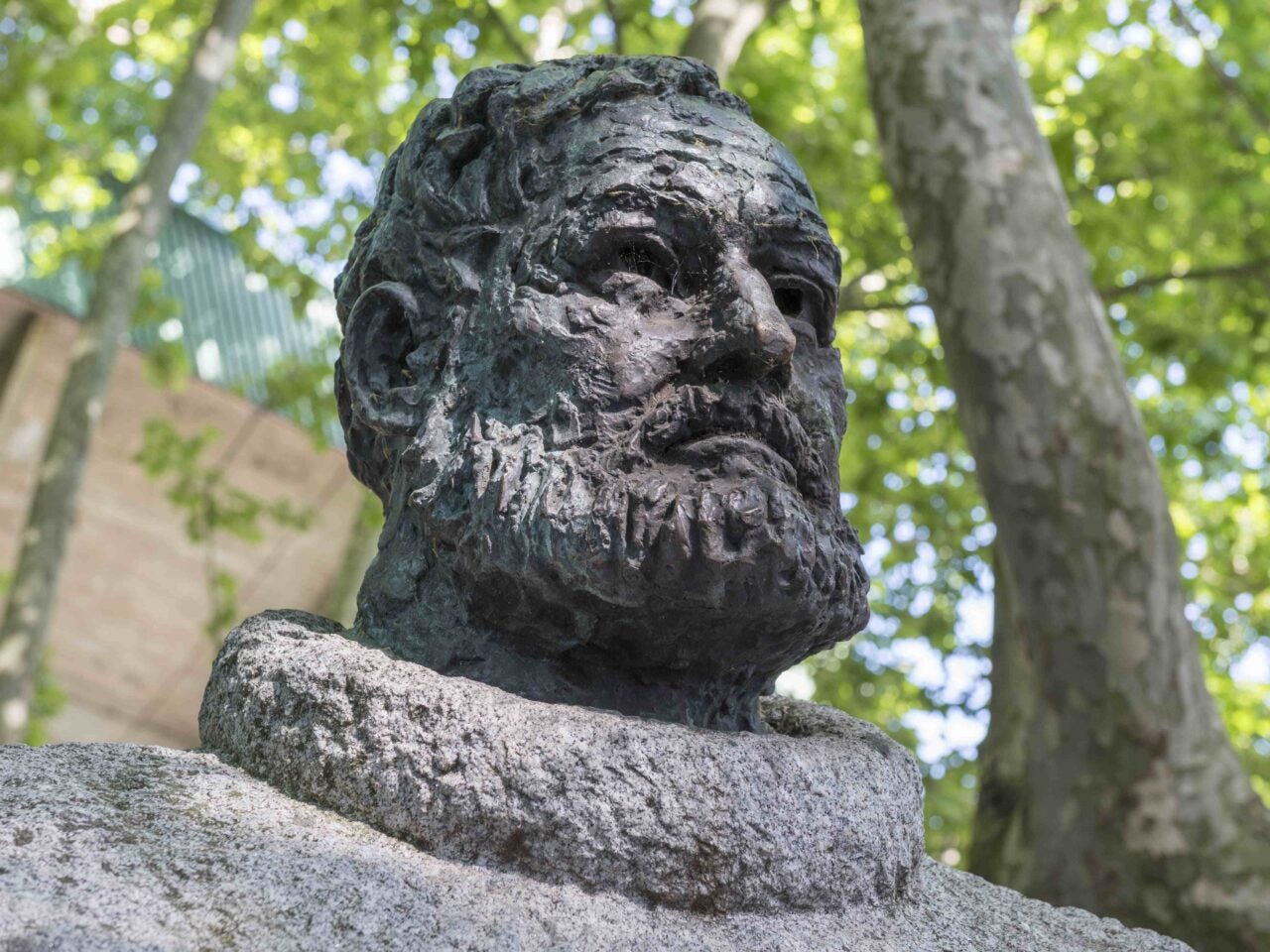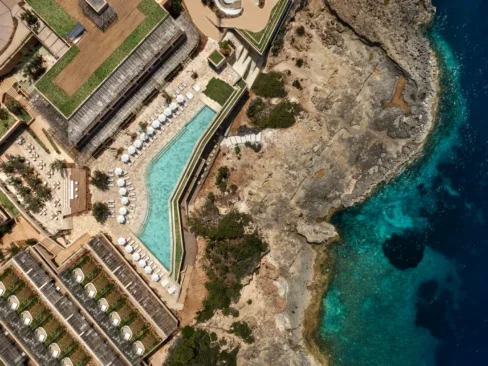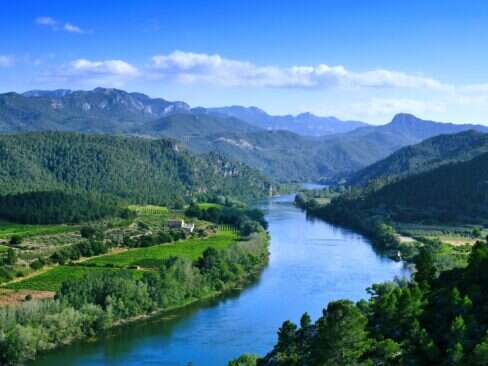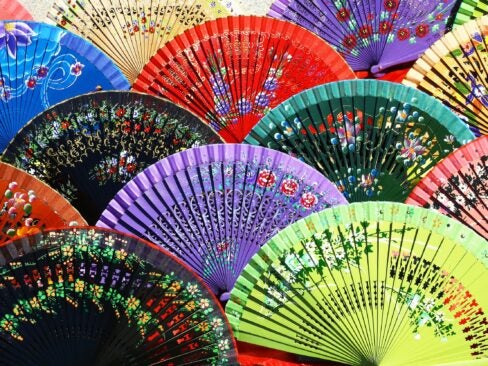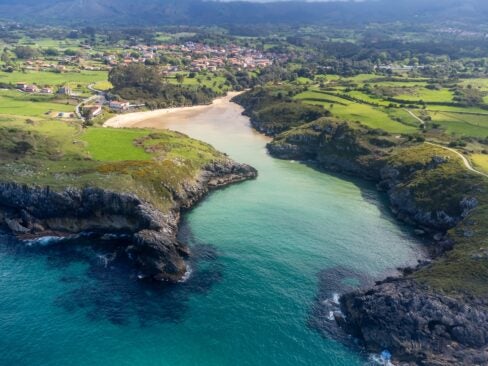The first half of the 20th century was a time of great political and social upheaval. Various revolutions and the Spanish Civil War (1936 – 1939) saw writers from across the globe flock to Spain as both reporters and combatants. English writer George Orwell published the famous Homage to Catalonia in 1938, following a period of fighting as part of a militia for the Republican army. But perhaps the most famous literary figure that journeyed to Spain during this time was the Nobel and Pulitzer Prize winner and American icon, Ernest Hemingway.
Hemingway’s love affair with Spain began in the early 1920s. At the time he was based in Paris but traveled to Spain to write travel articles for the Toronto Star newspaper. Producing work such as Tuna Fishing in Spain and Trout Fishing All Across Europe: Spain Has the Best, then Germany, here Hemingway acquired his first taste of the country.
It was on one of these trips that he discovered the city of Pamplona, the festival of San Fermín and, of course, bullfighting. Hemingway would become fascinated by bullfights or the corrida for the rest of his life, enchanted by the life-and-death consequences of this cultural phenomenon. The huge festival of San Fermín is one of the largest in Spain and sees almost one million people visit the small city of Pamplona. Outside of Spain it is more commonly known as the Pamplona bull run.
First visiting in 1923, Hemingway would return in 1924 and 1925, on the latter occasion bringing a group of writers and socialites. This trip would form the inspiration for his first novel The Sun Also Rises, regarded by some as his finest work and credited for introducing the festival to Western audiences for the first time.
Spain would go on to act as a major source of inspiration for Hemingway, he would use it as a setting for major works throughout his entire career, including Death in the Afternoon, For Whom the Bell Tolls, and his only full-length play The Fifth Column.
Spain is the ultimate destination for any fan of the great American writer. Hemingway himself described it as “The country that I loved more than any other except my own”. Here, Elite Traveler looks at some of the finest Hemingway-related sites that are sure to add a true sense of adventure to any Spanish sortie.
Festival of San Fermín
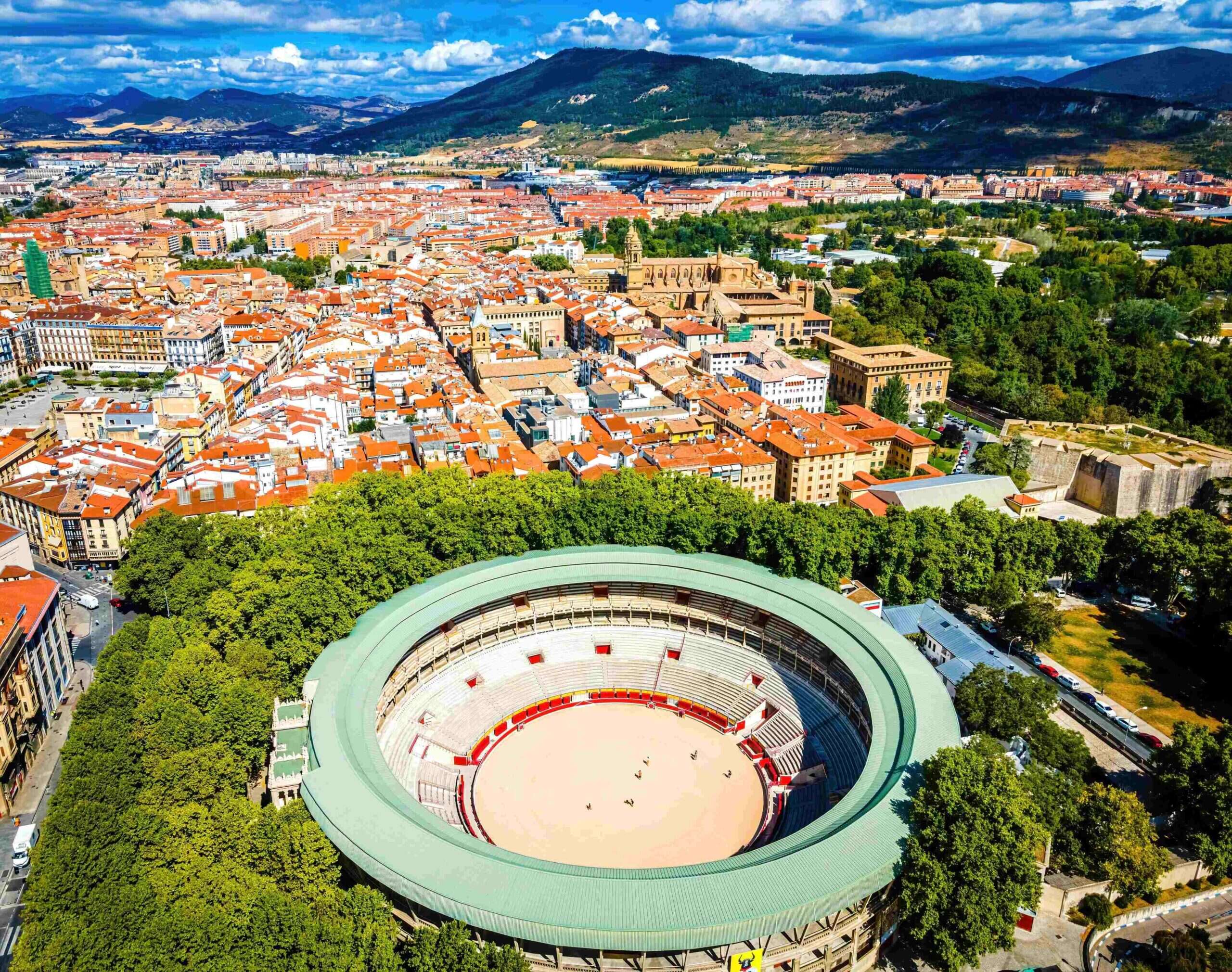
The weeklong, historic festival of San Fermín is a true site to behold and a must for anyone looking to experience Hemingway’s Spain. Held each year in the city of Pamplona, northern Spain, the festival celebrates Saint Firmin, one of the patron saints of Navarre, the province where Pamplona can be found.
Beginning at noon on July 6 with the loud crack of a firework — known as the chupinazo — the festivities rage for the next nine days until midnight on July 14 when the populous gather at the city hall plaza to sing the melancholic ode, Pobre de Mí, “Poor Me”.
The moment for which the festival is most known is the Bull Run, which occurs every morning from July 7 through July 14 at 8am. Six bulls and six steers are released at the start of a half-mile stretch of old streets that lead to the city’s bullring. Runners attempt to sprint in front of the bulls on their way to the bullring with the journey usually taking around three minutes.
To the uninitiated, this is one of the wildest activities that can be found anywhere in Europe. Spectators fill the balconies that line Estafeta Street, which the bulls and runners travel down. It’s where visitors will find Gran Hotel La Perla, one of the finest hotels in the city, a popular stay due to its incredible balcony views of the Bull Run. Those wishing to stay should book well in advance as demand for balcony rooms is extremely high.
[See also: The Most Iconic Film Locations in Spain]
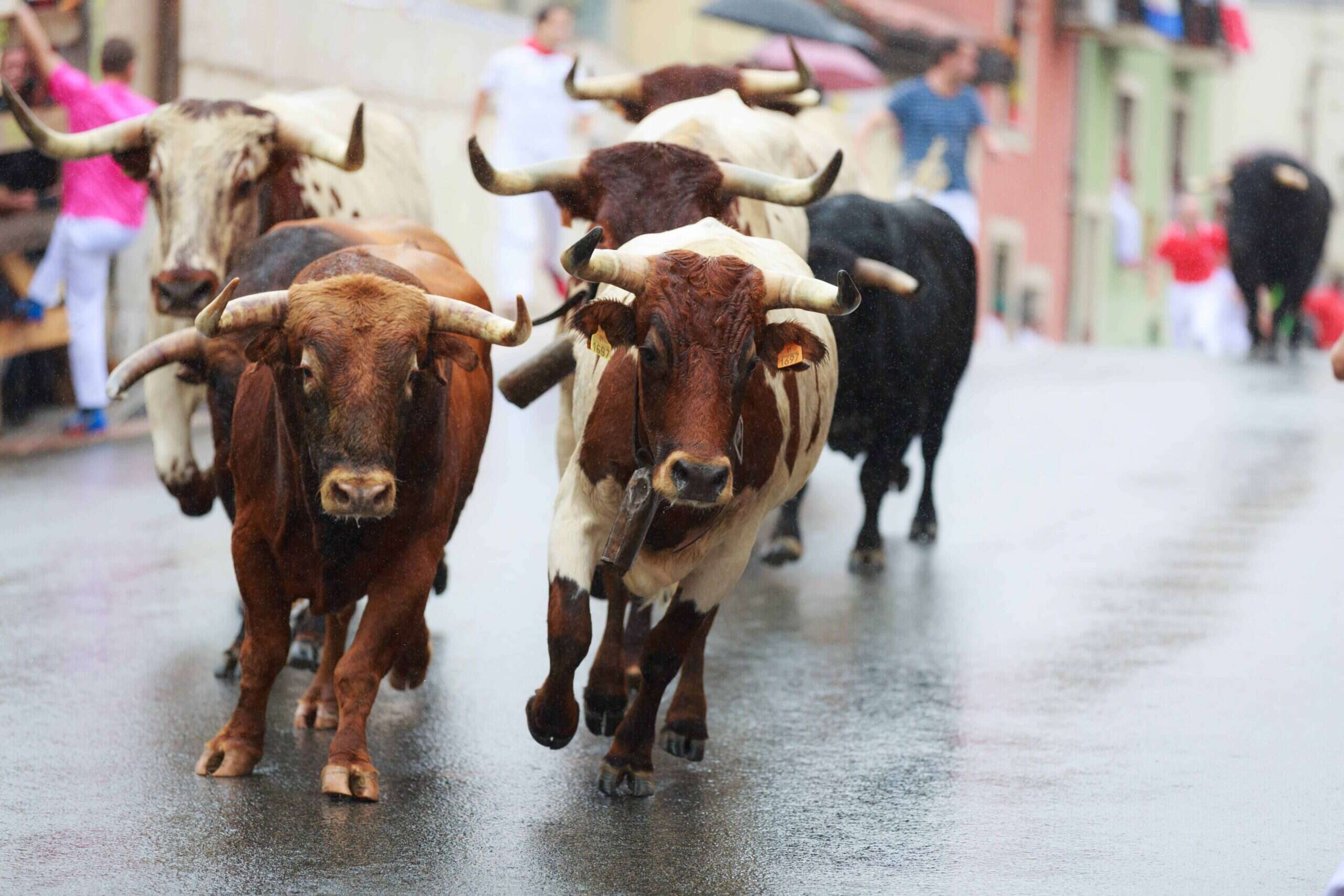
While there is no surviving record or memory of when this incredible tradition began, it is believed that by 1787 it was a well-established part of the festival. Aside from the bull-related activities that Hemingway loved, the festival sees parades across the city, other smaller traditional sporting events and a large firework display every evening.
If you’re looking to relax after all the commotion of the bull run, why not visit Iruña Café. This iconic Pamplona establishment was a favorite of Hemingway’s and is a part of the Council of Europe “Historic Café Route”. It was also one of the first destinations in the city to be lit by electricity.
[See also: The Most Scenic Drives in Spain]
The American maestro in Madrid
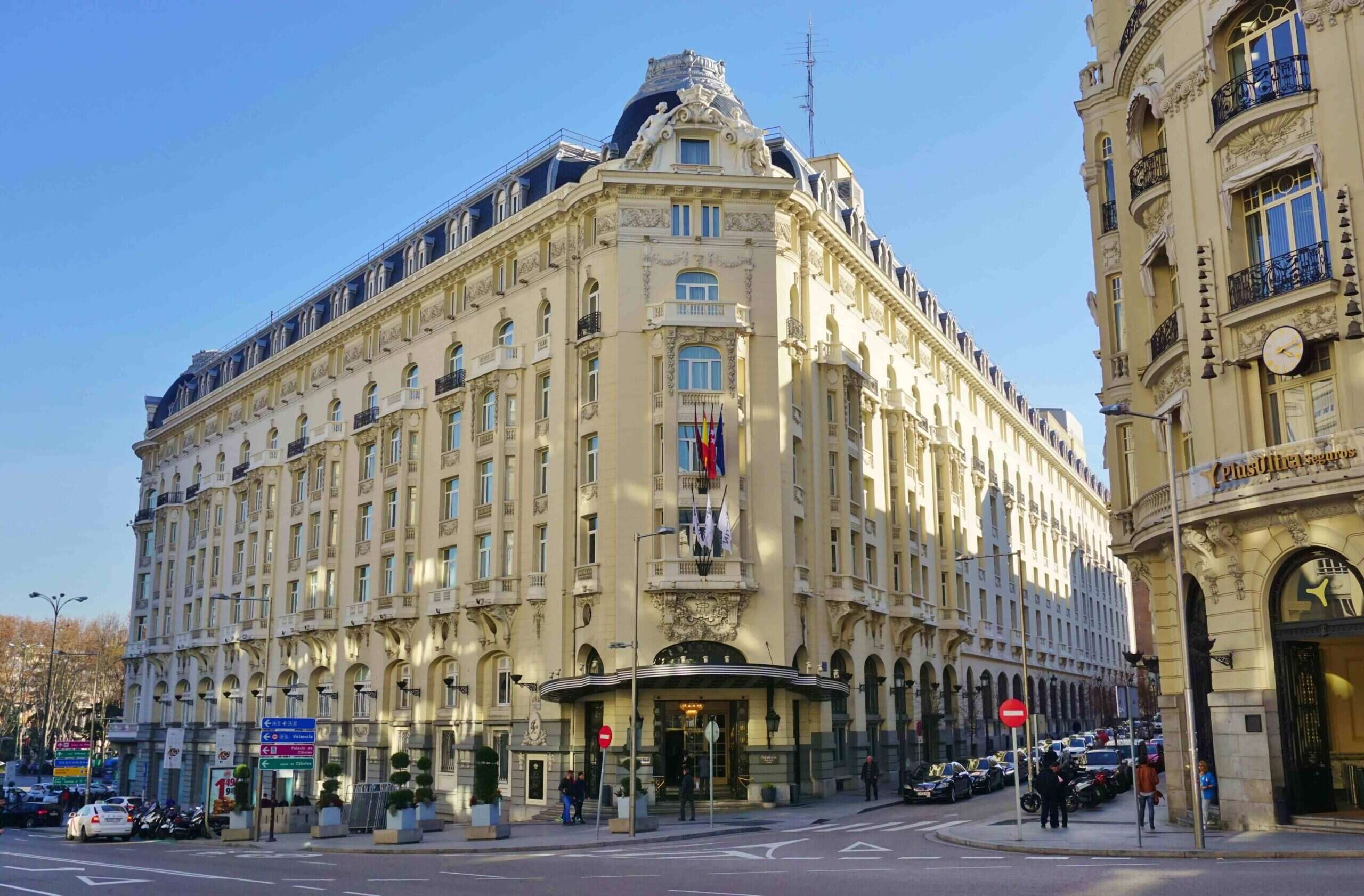
While the true spectacle of Pamplona is best enjoyed during the festival of San Fermín, Hemingway also spent a considerable amount of time in Madrid. Today the Spanish capital still lies home to many of his favorite haunts. It’s important to remember that during his life Hemingway earned a reputation as a hellraiser who enjoyed a drink, to say the least. True to form, the vast majority of his go-to destinations are cafes, bars, restaurants and hotels (which naturally almost always have a bar).
While visiting Madrid, Hemingway would often stay at the Palace Hotel. Found in the heart of Madrid’s bohemian literary quarter (very Hemingway), he would often stroll the short distance down the road to visit the Prado, Spain’s national art museum and home to some of the finest works in Europe. Today the Palace Hotel remains a five-star establishment and is now known as The Westin Palace, a part of the Marriot group.
A short walk north of the Palace Hotel is Museo Chicote. First opening in 1931, Museo Chicote is thought to be the first classic American-style bar in Spain. Regularly filled with celebrities of the age all sipping on cocktails, it’s no wonder it was a favored watering hole for Hemingway. He clearly loved it as he used it for the main setting of one of his short stories The Denunciation, first published in 1938.
[See also: Elite Traveler Reveals Top 100 Suites in the World]
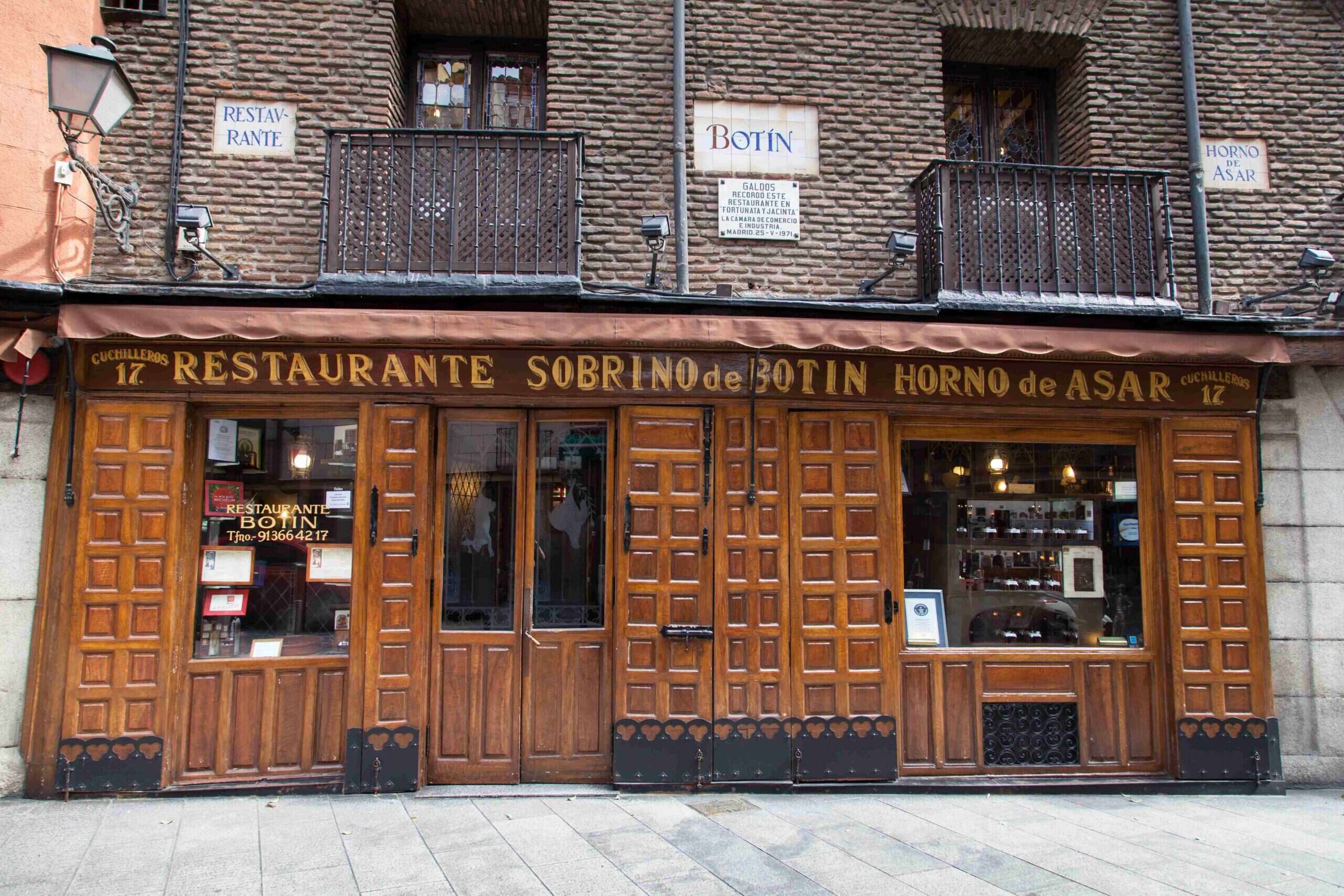
Just south of Madrid’s main square Plaza Mayor, visitors can discover one of Hemingway’s favorite restaurants in the city, Restaurante Botín. Making friends with the owners during his time in Spain, Hemingway was allowed to spend time upstairs in the restaurant writing, before he would meet his friends for lunch. Not only a favorite stop for Hemingway, Resturante Botín also holds the Guinness World Record for the world’s oldest restaurant, first opening in 1725. It clearly held a place in Hemingway’s heart as he used it for the final scene of his first novel, The Sun Also Rises.
Brimming with good life, outrageous displays of masculinity and enough wine, beer and martinis to sink a ship, Spain was a true source of inspiration and joy for Hemingway. Lovers of his work will no doubt feel the sense of timelessness that flows through his pages while wandering the old streets of Spain. Journeying to Pamplona for the festival, Madrid for its bohemian art scene or any of the older cities in Spain, visitors will be enthralled by a society that enjoys life just as much as the great Ernest Hemingway did.






